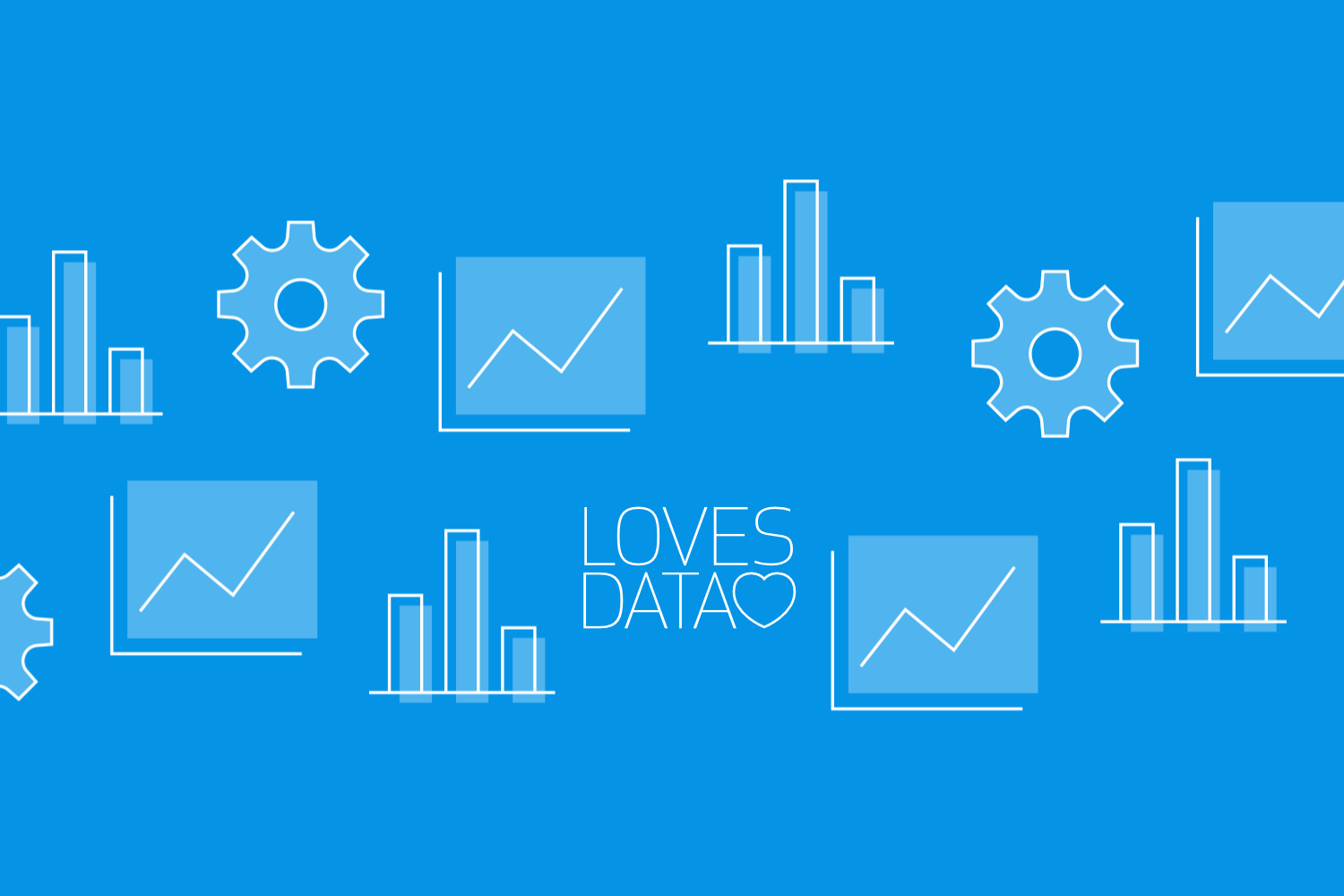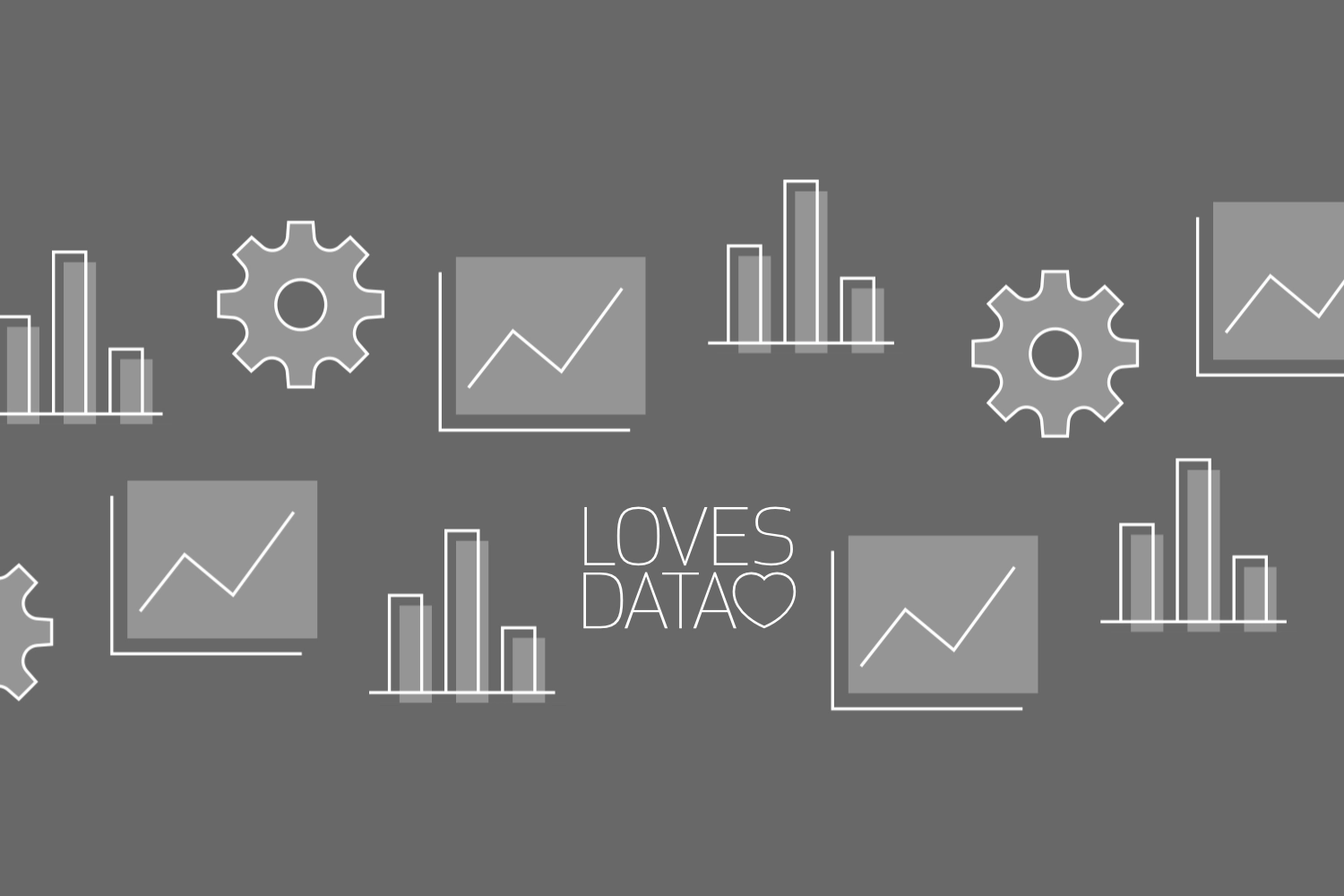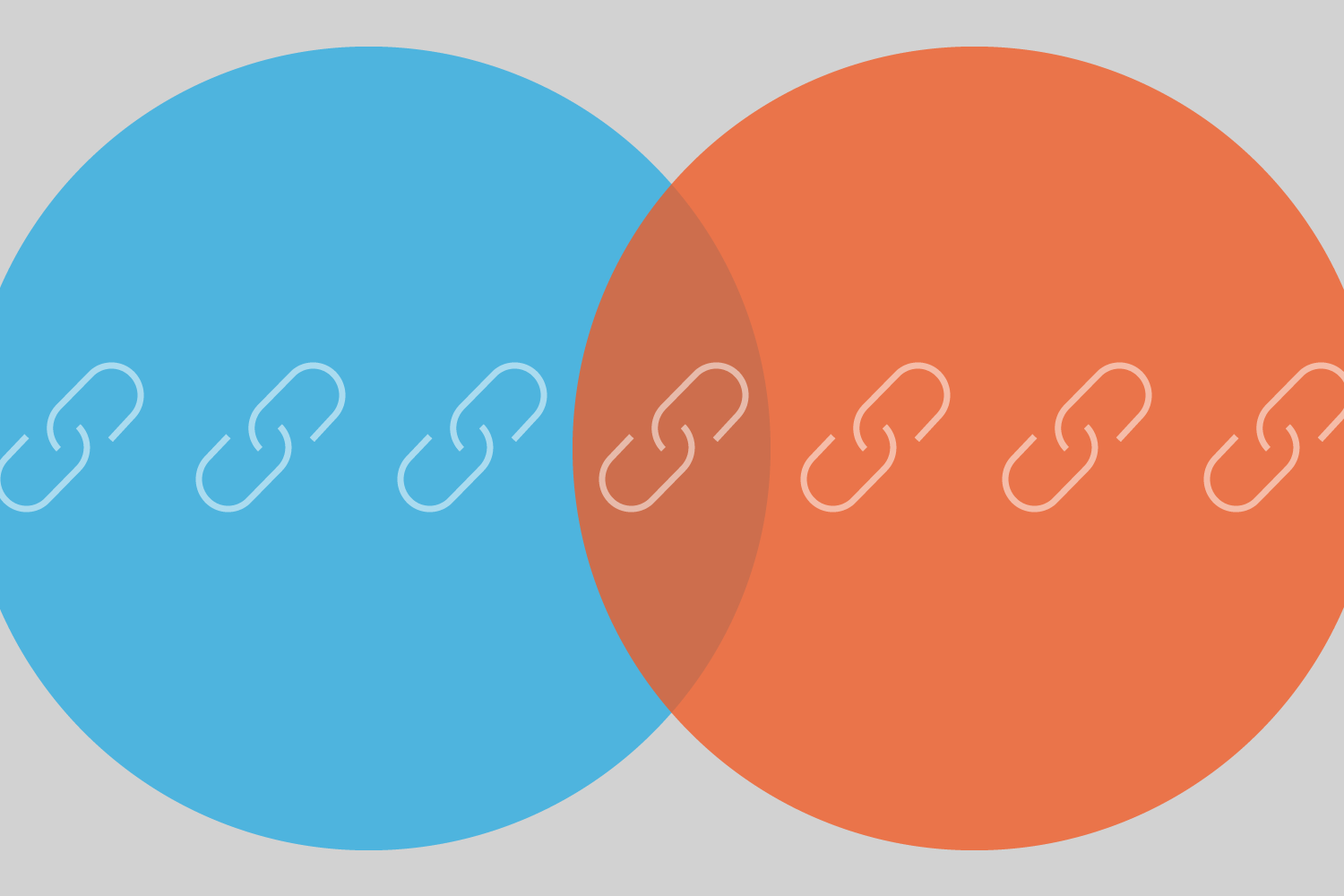Mastering Attribution Modeling in Google Ads for Optimized Campaign Performance
Loves Data
Achieving optimal campaign performance in Google Ads requires a comprehensive understanding of how your various marketing efforts contribute to conversions and overall success. Attribution modeling plays a crucial role in determining the true value of your different touchpoints, providing insights that help you make informed marketing decisions and allocate resources effectively. By mastering attribution modeling, you can optimize your campaigns for maximum performance while ensuring that your marketing investments deliver the best possible return on investment (ROI).
In this article, we'll explore the ins and outs of attribution modeling in Google Ads and discuss how you can leverage this essential feature to elevate your digital marketing campaigns. We'll cover the various attribution models available in Google Ads, examine their unique benefits, and provide expert guidance on selecting the most suitable model for your objectives and campaign goals. By understanding and applying the principles of attribution modeling, you can make data-driven marketing decisions that will maximize your campaign performance and drive greater success for your business.
At Loves Data, we're passionate about empowering marketing professionals with the knowledge and expertise needed to excel in a data-driven world. Specializing in Google Analytics and Google Ads, our mission is to provide the guidance and resources necessary to help you get the most out of your data and create successful, results-driven campaigns. Together, let's dive into the world of attribution modeling and discover how you can leverage this powerful tool to optimize your marketing efforts and skyrocket your campaign success.
So, let's embark on our journey to mastering attribution modeling in Google Ads and unlock the secrets to optimizing your campaign performance for superior results and long-lasting business growth.
Exploring the Different Attribution Models in Google Ads
Understanding the various attribution models in Google Ads is vital for making well-informed decisions and optimizing your marketing campaigns. Let's take a closer look at the different types of models and their key features.
Data-Driven Attribution Model

The Data-Driven model uses Google’s machine learning (aka AI) to assign credit to the different touchpoints people engage with before converting. This model is the default model applied to conversions in Google Ads, and it automatically gives more credit for touchpoints that are more likely to result in a conversion.
Last Click Attribution Model
The Last Click model attributes 100% of the conversion credit to the last-clicked ad and corresponding keyword. This model is well-suited for businesses with short buying cycles and straightforward customer journeys.
We recommend using the default Data-Driven attribution model to understand the impact of touch points from your campaigns. However, it’s important to remember that because credit is automatically divided between touchpoints, you are likely to see decimals in your conversion metrics. For example, lets say you receive two conversions, the Data-Driven model might assign 1.3 to one touch point and 0.7 to another touch point. While the Last Click model would show 1 for one touch point and 1 for the other touch point.
You might find reference to some additional attribution models. However, Google has removed these attribution models from Google Ads. The attribution models that are no longer available include:
First Click Attribution Model
The First Click model assigns all conversion credit to the initial ad and keyword that first drove the user to your website. This model helps identify which ads perform best at attracting new customers.
Linear Attribution Model
The Linear model gives equal credit to all ads and keywords that contributed to a conversion throughout the customer journey. This approach ensures that every touchpoint gets recognized, making it suitable for organizations with longer sales cycles and complex conversions paths.
Time Decay Attribution Model
The Time Decay model allocates more credit to the ads and keywords interacted with closer to the conversions. This model is ideal for businesses with time-sensitive offers or when recent interactions are more influential in driving conversions.
Position-Based Attribution Model
The Position-Based model attributes 40% credit to both the first and last clicked ads, with the remaining 20% spread evenly across the other involved touchpoints. This hybrid model caters to businesses that want to emphasize the importance of both attracting and closing customers.
Choosing the Right Attribution Model for Your Campaign Goals
To optimize your Google Ads campaigns effectively, it's essential to select the appropriate attribution model that aligns with your objectives. You can choose between the Data-Driven model and the Last Click model. And as we’ve already covered, we typically recommend using the Data-Driven mode. However, here are some points to consider when making your choice:
- Evaluate your campaign goals: Determine whether you want to focus on attracting new customers, closing sales, or maintaining existing relationships.
- Analyze your sales cycle length: Consider whether your sales funnel is short and straightforward or longer and more complex, as it impacts the ideal attribution model for your campaign.
- Assess your conversion paths: Based on your customer journey, decide if a single touchpoint-oriented or a multi-touch attribution model would better serve your marketing goals.
Leveraging Google Ads Attribution Reports to Optimize Performance
Once you've selected the most suitable attribution model, you can assess your marketing efforts' performance using the Google Ads attribution reports. These reports provide valuable insights to help you optimize your campaigns and drive improved results. Here are some crucial reports to monitor:
Overview Report
The Overview report provides high-level insights into your campaign performance, including the total number of last click conversions and assisted conversions. You can also see the number of times people interact with your ads, the devices they use and other top-level insights. This report serves as a starting point for understanding the effectiveness of your Google Ads campaigns based on attribution.
Conversion Path Report
The Path report displays the sequence of interactions users engaged in before converting. By analyzing this report, you can pinpoint the campaigns, ad groups, keywords, and other attributes that perform best throughout the customer journey and refocus your efforts accordingly.
Path Metrics Report
The Path Metrics report shows the amount of time it takes for users to convert after their initial interaction with your ads. By understanding whether there are delays in the conversion process and which ads and keywords contribute most significantly during that time, you can optimize your campaigns for improved conversion rates.
Assisted Conversions Report
The Assisted Conversions report reveals the number of times a specific ad or keyword played a supporting role in a conversion path. This information helps you recognize valuable touchpoints that might not receive credit in a Last Click attribution model, allowing you to make better-informed optimization decisions.
Tips for Maximizing Success with Attribution Modeling
Finally, let's discuss some expert tips and best practices to achieve optimal results with attribution modeling in Google Ads:
Choosing an Appropriate Attribution Model
Monitor your campaigns and conversion performance to determine if your chosen attribution model remains aligned with your goals. As your marketing strategies evolve, adjust your attribution model accordingly to ensure accurate and insightful data. Ideally, you switch to the data-driven attribution model to leverage Google’s machine learning to automatically assign credit to your campaigns, keywords, and ads.
Combine Attribution Modeling with Conversion Tracking
Leverage Google Ads conversion tracking features alongside attribution modeling to maximize your marketing campaigns' potential. Combining these tools enables you to monitor the performance of your ads and keywords, making it easier to optimize your marketing strategies for success.
Continuously Test and Optimize Your Campaigns
Regularly test different ad variations, bids, and keywords to identify the most effective combinations for your target audience. Monitoring these performance metrics alongside appropriate attribution models will h elp you achieve better results from your Google Ads campaigns.
Conclusion
Attribution modeling is an indispensable tool for evaluating and optimizing your Google Ads campaigns. By selecting the right model, leveraging its insights, and continuously refining your marketing strategies, you can maximize your campaign performance and drive business growth. Loves Data is here to support you in unlocking the full potential of Google Ads attribution modeling, providing expert guidance and insights to help you make informed marketing decisions and achieve success in the digital landscape. Sign up for an advanced Google Ads course today!




Comments